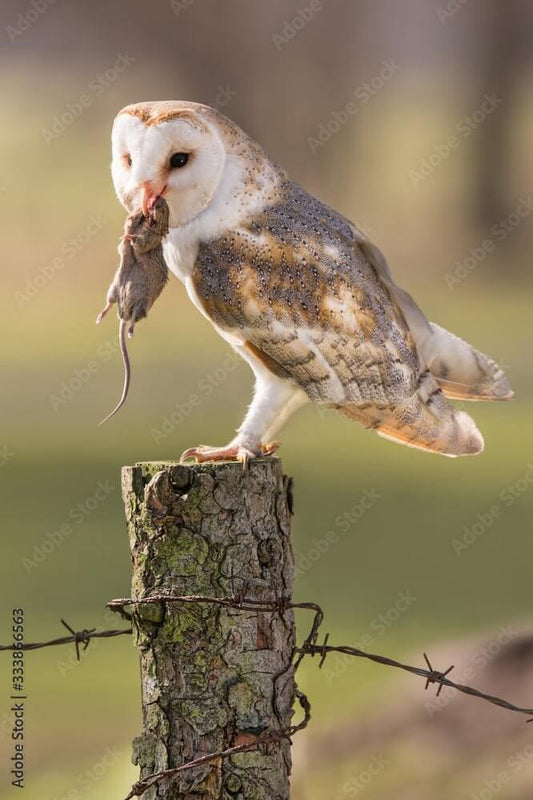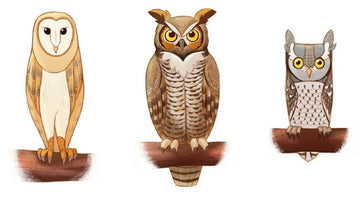-
American Goldfinch (1)
-
American Robin (1)
-
Baltimore Oriole (1)
-
Blue Jay (1)
-
Bluebirds (1)
-
Carolina Wren (1)
-
Chickadee (1)
-
Ducks (1)
-
Starling and House Sparrow (1)
-
House Finch (1)
-
House Wren (1)
-
Hummingbirds (5)
-
Northern Cardinal (1)
-
Northern Mockingbird (1)
-
Nuthatch (1)
-
Owls (3)
-
Tufted Titmouse (1)
-
Woodpeckers (6)
Barn Owl Nesting Box House | Offer Owls a Home| JCs Wildlife
Barn Owls Keep Agricultural Destroying Rodents and Pests Away
If you’re a grape grower and own a vineyard than you already know that your vineyard attracts rodents in troves. What you may not realize is that grape growers in particular utilize barn owls to manage pest problems more than any other agricultural group. California alone has been using the barn owl to repel rodents from vineyards for many years. We’re talking decades here.
In the West Coast states of California, Washington, and Oregon, one of the biggest rodent problems is with pocket gophers. They frequently destroy the structure of vineyard soil and also destroy irrigation systems while also chowing down on vine roots and vines. This can be catastrophic for a grape grower. How can you stop rodents from destroying your livelihood? With barn owls and here’s why…
How do barn owls keep rodents away from agriculture?
When barn owls nest near a vineyard, an orchard or other agriculture field type, they protect the agriculture by swooping down and devouring the rodents who feast on your livelihood. According to study, 50% of a barn owl’s diet consists of gophers and rice rats make about 97.5% of barn owl prey. Barn owls are a natural form of rodent control because their diet consists of the pests that actively destroy fields, orchards, and vineyards – rats, mice, and gophers.
What other agricultural types do barn owls actively protect?
When a barn owl has proper accommodations, they actively protect vegetable farms, rice fields, orchards, sugar cane fields, and vineyards. Rodents are attracted to these sources of food for obvious reasons – to chow down. But with an active owl presence, you’ll see a reduction in the numbers of rodents, which minimizes and eliminates your rodent problem.
What’s the catch?
According to research, the barn owl tends to carry salmonella in its feces. Naturally, this is a fear of any farm owner or owner of livestock. But this problem is avoidable when you utilize the Barn Owl Nest House. It is recommended to keep barn owls from barn interiors and from any place where food or animals are stored.
When you install a Barn Owl Nest House facing outwards from the barn area, this deters the owl from entering the barn while utilizing the help of the owl to control your rodent and pest problem. For additional pest control measures, consider placing more Barn Owl Next House’s around your farm fields, vineyards, or orchards.
They are easy to erect by placing them on tall poles. As you begin to say “welcome” to the owl, you’ll begin to say goodbye to your pest problem. With all of this knowledge about barn owls, it seems that California has mainly taken advantage of its many benefits for pest control. Isn’t it time that other states joined in on the action of implementing natural pest control with the barn owl?
No comments








0 comments